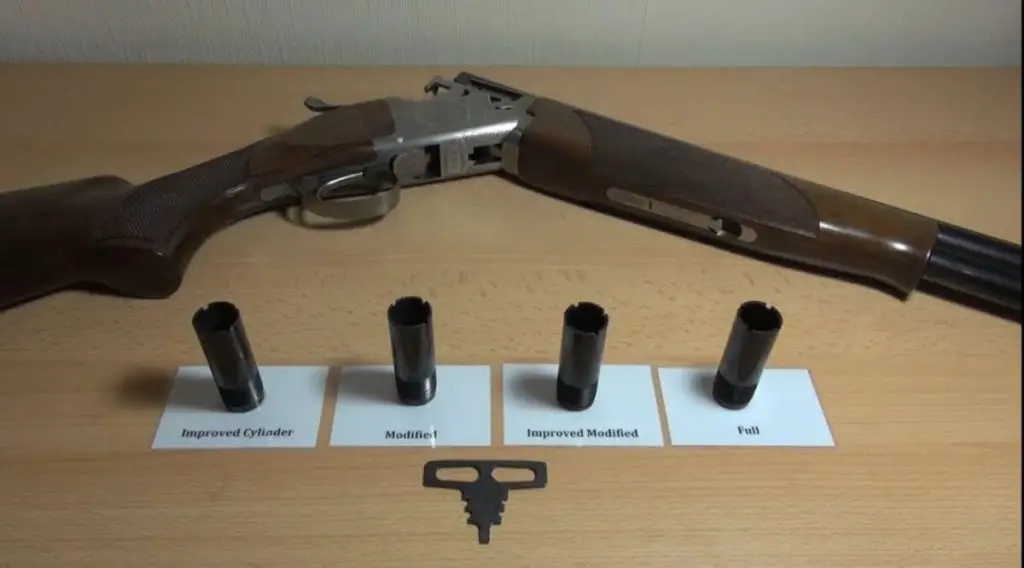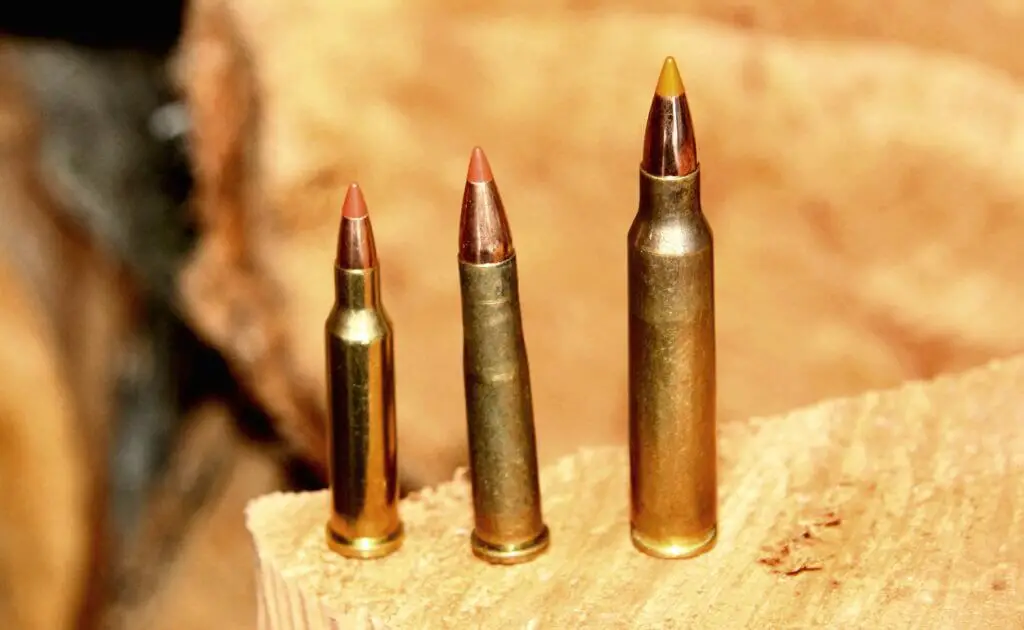In the world of recreational shooting and gun enthusiasts, the choice between firearm models can make a significant impact on performance, usability, and overall satisfaction. Among revolver aficionados, the SIG Canebrake and the Rattler have sparked much interest for their distinct features and capabilities. Having had the chance to put both these firearms through their paces, I’ll offer insights into their performance, design, and usability characteristics.
Below, you’ll find a comparative table highlighting the key differences and similarities between the SIG Canebrake and the Rattler, based on my personal experience and observations.
| Feature | SIG Canebrake | Rattler |
|---|---|---|
| Caliber | 300 Blackout | 5.56 NATO / 300 Blackout |
| Length | 29.5 in (Collapses to 16.5 in) | 23.0 in |
| Weight | 8 pounds | 5.1 pounds |
| Barrel Length | 6.75 in | 5.5 in |
| Capacity | 30 rounds | 30 rounds |
| Operating System | Gas Piston | Gas Piston |
| Price Range | $2,700 – $3,200 | $2,200 – $2,800 |
Design and Build
SIG Canebrake
The SIG Canebrake is a testament to the engineering prowess that combines rugged construction with ease of use. As soon as I held the Canebrake, the first thing that struck me was its robustness. It offers a solid frame and is meticulously designed for both stability and precision. Its CQB telescoping stock allows for comfort while shooting and helps maintain control over the rifle’s actions.
From a distance, the Canebrake commands attention with its sleek design, which isn’t just for looks: every aspect of its form factor serves a purpose in enhancing functionality. However, this does contribute to it being slightly heavier. Weighing around 8 pounds, it’s not the lightest model on the market, which can be a challenge during extended shooting sessions.
The Rattler
In contrast, the Rattler is built for those who value compact efficiency without sacrificing performance. Designed to be versatile, the Rattler is extremely portable due to its light weight of just 5.1 pounds. This feature immediately appealed to me as someone who attends shooting competitions.
The Rattler stands out for its adaptability and is engineered to switch between calibers, specifically 5.56 NATO and 300 Blackout, with ease. This not only enhances its use-cases but also offers an excellent platform for multipurpose scenarios. However, some may find this as a con if they’re not looking to frequently switch calibers.
Performance and Usability
SIG Canebrake
The performance of the Canebrake exceeded my expectations, particularly with the 300 Blackout caliber. Its gas piston operating system significantly reduces recoil, making the shooting experience smooth and relatively quiet, which is ideal for tactical operations or stealth shooting.
One standout aspect is the accuracy the Canebrake offers over long distances. The 6.75-inch barrel ensures high bullet velocity, delivering precision shots effortlessly. Despite these points, I did notice that handling it consistently during fast-paced scenarios was slightly cumbersome due to its weight.
Pros of SIG Canebrake:
– Exceptional accuracy and range
– Sturdy build quality
– Effective recoil management
Cons of SIG Canebrake:
– Heavier than its counterparts
– Higher price point
The Rattler
On the contrary, the Rattler caters to those seeking speed and compactness. The short barrel does mean the Rattler has a reduced range compared to the Canebrake, but for close-quarters and rapid fire scenarios, it’s incredibly efficient.
From a usability perspective, the Rattler shines due to its compact size, letting me quickly maneuver it in tighter spaces. It’s a breeze to deploy and stow, and its gas piston system works well in maintaining a steady firing experience. However, I found that in terms of long-range shooting, it doesn’t quite stack up to the Canebrake.
Pros of the Rattler:
– Lightweight and compact
– Fast deployment
– Versatile caliber switching
Cons of the Rattler:
– Limited range compared to longer-barreled models
– The frequent change of calibers might not be suited for some
In conclusion, both the SIG Canebrake and the Rattler have their unique strengths and weaknesses. Whether you value precision at range or compact efficiency, understanding each model’s attributes will ensure you make the right choice for your shooting needs.
Frequently Asked Questions
What is a SIG canebrake?
A SIG canebrake is a specific model of the SIG Sauer MCX rifle series. It is designed as a compact and versatile firearm suitable for a variety of applications.
Can a civilian own a SIG MCX rattler?
Yes, civilians can legally own a SIG MCX rattler as long as they comply with all federal, state, and local laws regarding firearms ownership. In some states, additional regulations may apply, so it’s important to research and follow the specific guidelines in your area.
Who uses the SIG rattler?
The SIG MCX rattler is used by military and law enforcement agencies around the world as well as by civilian shooters for personal defense, hunting, and recreational shooting. Its compact size and versatility make it popular among shooters looking for a high-quality rifle in a smaller package.
Can you suppress a SIG rattler?
Yes, you can suppress a SIG MCX rattler by using a compatible suppressor that is designed to work with the rifle. Suppressors can help reduce the noise and recoil of the firearm, making shooting more comfortable and less disruptive to others nearby. Be sure to research and follow all laws and regulations regarding suppressor ownership in your area.
- How to Put a Scope on a Mosin Infantry in Tarkov: A Quick Guide - November 7, 2024
- How to Edit a Scope Box in Revit: A Step-by-Step Guide - November 6, 2024
- How to Put a Scope on Mosin Tarkov: Expert Tips for Gamers - November 6, 2024


